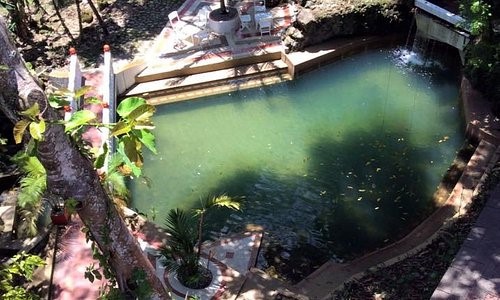Manizales
Department
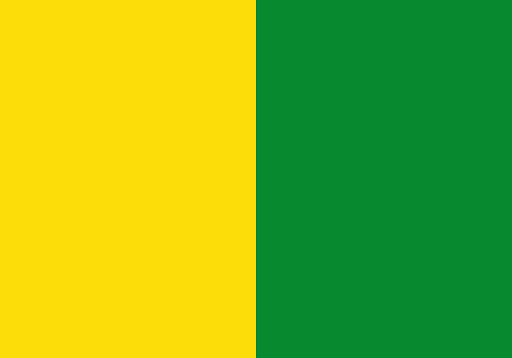
Flag of the city
The flag of Manizales, Colombia, features three horizontal bands of equal dimensions. From top to bottom, the colours are white, green, and red. This simple yet profound design doesn’t incorporate any additional symbols or writing, adhering strictly to these three colours.
As per Municipal Agreement No. 238, dated December 16, 1996, this design was officially adopted as the municipality’s flag. Since its establishment, this flag has become an indispensable element during municipal civic ceremonies, particularly during the city’s founding anniversary celebrated every October 12.
Notably, since 1950, the official emblems of the football team, Once Caldas, from the department of Caldas, have mirrored the colours present on the Manizales flag.
Each colour band on the flag symbolizes an aspect of coffee production – the region’s primary economic activity. Indeed, Manizales is renowned across Colombia for its coffee prowess, a sentiment deeply embedded in the culture and identity of the locals, reflecting in the city’s emblems.
The flag’s white stripe embodies the hue of coffee tree flowers. These delicate, tubular flowers are pure white and serve as an emblematic representation of the region.
The green stripe corresponds to the verdant coffee plantations, characterized by their lush, leafy surroundings. Touristically, the region has capitalized on these plantations, promoting tours of the most commercially active coffee-growing areas.
The red stripe at the bottom resonates with the colour of ripened coffee beans. Once they attain their peak maturity, coffee beans acquire a distinctive deep red shade. These beans are meticulously chosen, with their maturity level being pivotal for ensuring export-quality coffee.
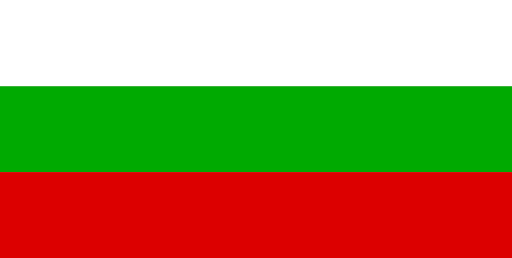
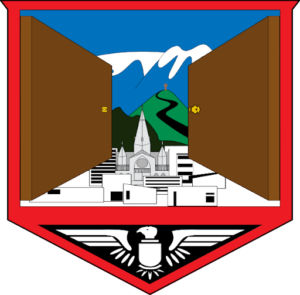
Slogan of the city
“La ciudad de las puertas abiertas” translates to “The city of open doors.” This slogan suggests a welcoming nature, an open and hospitable environment, and a readiness to receive visitors or newcomers.
History
Founded on October 12, 1849, by a group known as “the expedition of 20” due to its 20 members, Manizales soon became an industrial hub by the 1880s, driven by the booming coffee industry in the region. The significance of the city grew during the 1000 days of war in 1900, leading to the establishment of Caldas province with Manizales as its capital. By 1900, the city’s population had reached 20,000, doubling in the subsequent two decades. Tragedy struck in 1927 when a massive fire engulfed the city’s cathedral.
The academic landscape began to flourish in 1943 with the establishment of the city’s first university. Manizales earned its reputation as a “university town” in Colombia with numerous universities being established thereafter. The city faced challenges in 1979 from an earthquake and again in 1985 due to the eruption of the “Nevado del Ruiz” volcano, which devastated Armero and also affected Manizales. Recognizing the unstable nature of the coffee market, the city diversified in the 1990s, launching various industrial and commercial initiatives.
Culturally, Manizales hosts significant events such as the international theater festival, one of South America’s largest, welcoming 700 companies from 40 countries since its inception in 1968. The city also celebrates the Jazz Festival, attracting global musicians. However, the Manizales Fair stands out as its premier event. Initiated in 1951 primarily as a bullfighting spectacle and parade, it has evolved into a grand celebration marking the onset of the bullfighting season, complete with exhibitions, parades, performances by international and national bands, and cultural shows. A highlight of the fair is the crowning of a beauty queen. Only the carnival in Barranquilla surpasses it as a national festivity.
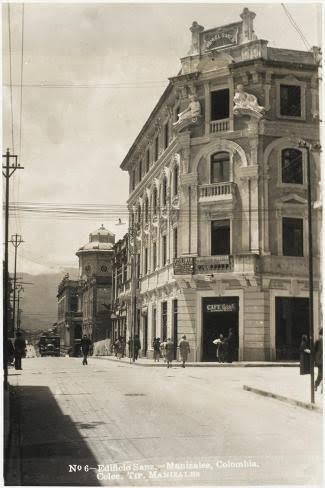
Geography of the city
Manizales serves as the capital of one of Colombia’s most petite departments. Positioned on the Colombian Central Mountain Range, a segment of the extensive Andes, the city exhibits a distinctly rugged terrain. This, along with the region’s seismic activity, demands special architectural solutions and infrastructural measures to enhance safety. Despite these topographical challenges, its fertile soils support numerous coffee farms. Nestled in the northern part of Colombia’s Coffee-Growers Axis, it’s proximal to the Nevado del Ruiz volcano which stands tall at 5,321 meters (17,457.3 ft).
Geospatial coordinates of approximately 5.0689° N latitude and 75.5174° W longitude. Nestled within the Colombian Central Mountain Range, which is a segment of the vast Andes, the city boasts an altitude of around 2,160 meters or 7,087 feet above sea level.
Situated within the Chinchiná River’s basin and the Guacaica River’s sub-basin, Manizales is susceptible to natural hazards like earthquakes, landslides, and volcanic outbursts.
Categorized under the Köppen climate system as Cfb or a moist subtropical highland climate, Manizales enjoys mild temperatures throughout the year, thanks to its elevation. While situated in the tropics, its temperatures remain relatively cool, resembling perpetual springtime. The city oscillates between wet and dry spells, each lasting roughly three months. The climatic consistency reflects in the near-uniform monthly averages. Annually, the city sees approximately 1,500 millimetres (59 in) of rainfall, with October being the rainiest month.
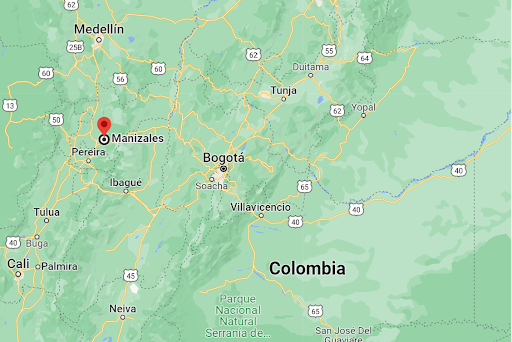
Population
455,000 (2023)
452,000(2022)
By 2023, the metropolitan population of Manizales stands at 455,000, marking a 0.66% growth from the previous year. In 2022, the population was 452,000, showing a 0.44% rise from 2021. The year 2021 recorded a population of 450,000, reflecting a 0.45% increment from 2020. Meanwhile, in 2020, the city had 448,000 residents, which was a 0.45% hike from 2019 figures.
One photo representative of the city
The Manizales Cathedral, formally known as the Cathedral Basilica of Our Lady of the Rosary, stands prominently opposite the Plaza de Bolívar in Manizales, Colombia. Towering at 106 meters, as per data from June 2008, it is celebrated as Colombia’s tallest cathedral, a height that includes its newly added cross from 1987 and a lightning rod. The cathedral’s architectural blueprint was crafted by Julien Polti, the lead architect of historical monuments in Paris. The construction reins were held by the Italian company, Papio Bonarda & Co, a collaboration between Angelo Papio and Gian Carlo Bonarda. Spanning an area of 2,300 square meters, the cathedral can accommodate up to 5,000 people. One of its notable features is a grand canopy over the main altar. This type of canopy, supported by pillars, is rare in Colombia, with the only other example being in the church of Firavitoba in Boyacá.

Etymology
The name “Manizales” is derived from the Spanish word “Maní,” meaning peanuts, combined with the Latin “vallis,” which translates to valley. Together, they signify a “Valley of Peanuts.” This name mirrors the region’s agricultural heritage, especially the cultivation of peanuts by the indigenous inhabitants prior to the city’s establishment. While the city later became more synonymous with coffee cultivation, its name, Manizales, continues to reflect its early agricultural connections.
What the city is known or famous for
Nestled in an awe-inspiring landscape, Manizales, the capital of Caldas, warmly welcomes visitors with its open doors. Globally renowned for its coffee trade, the city also boasts an abundance of universities, coming second only to Bogotá in Colombia. Recognized for its economic and industrial progress, Manizales clinched the Entrepreneurial Promotion Award at the V edition of the Ibero-American Digital Cities Award and received acclaim with the Doing Business Colombia 2010 Award from the World Bank. This accolade underscores the city’s favourable business environment.
